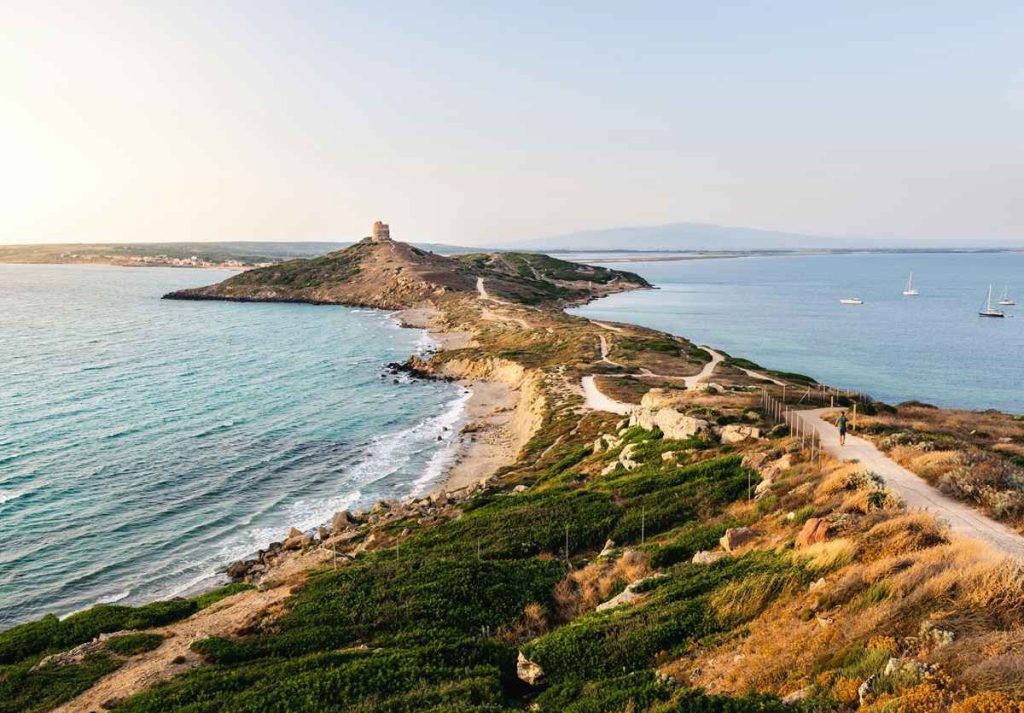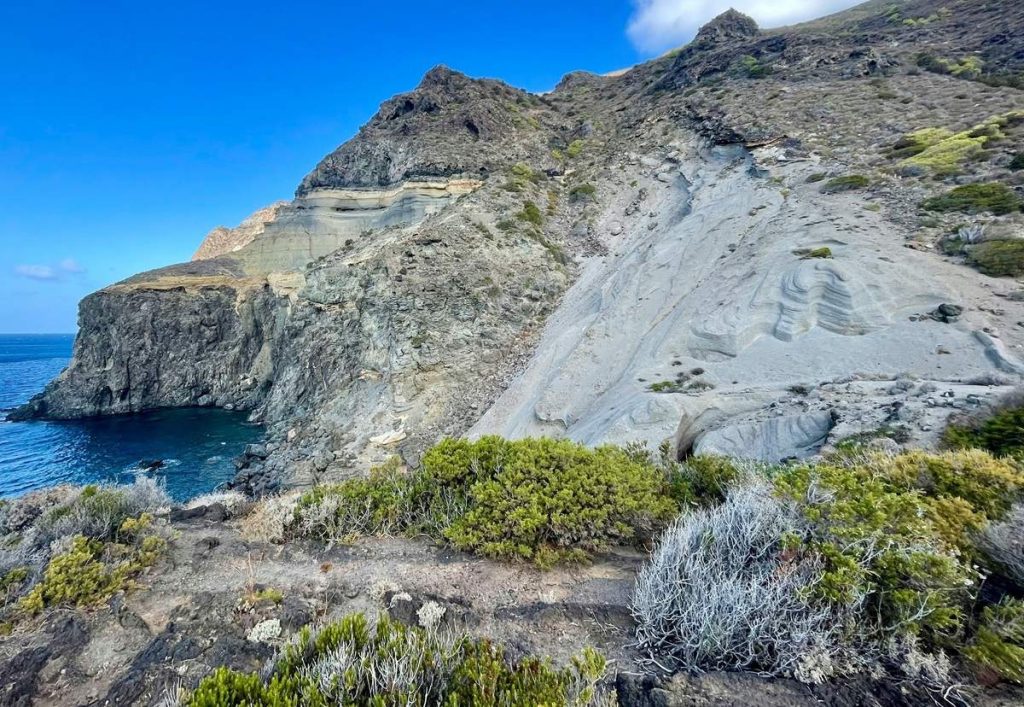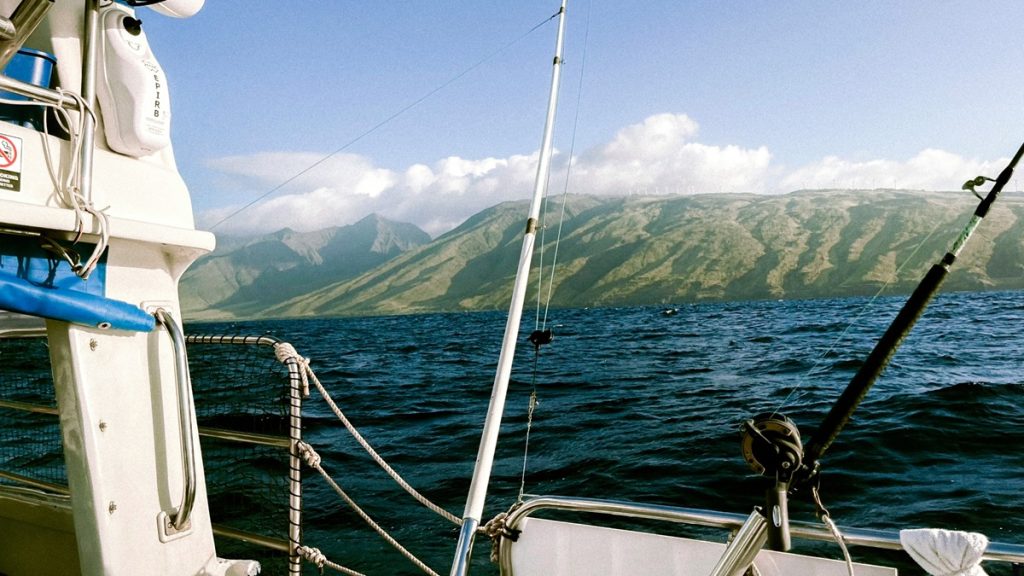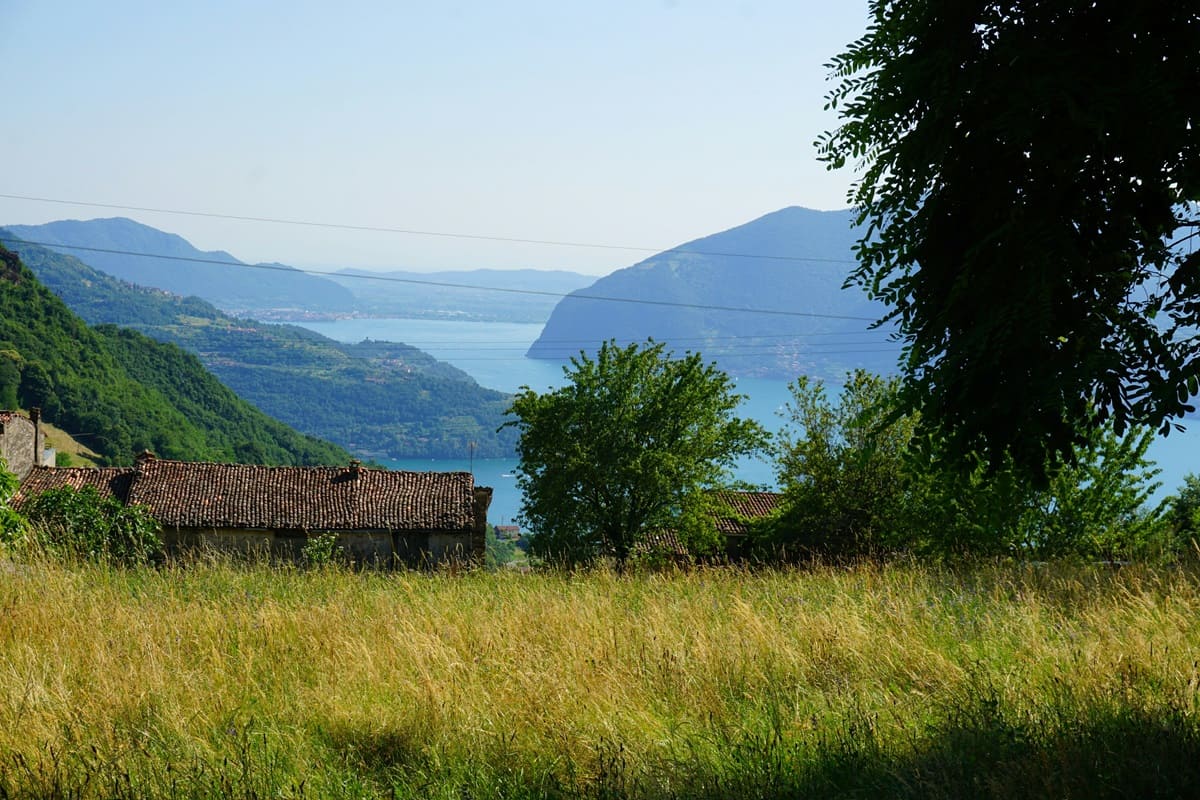To know in order to change, these are the two guiding verbs that must orient us in seeking solutions for the ongoing climate change, which vary in different geographical situations. The phenomena resulting from climate change are certainly different between island ecosystems and those on the mainland, and therefore the measures to be adopted must take this factor into account. In summary, we can affirm that global warming causes, among other things, sea level rise, changes in marine and terrestrial biosystems of islands, especially small islands, and an excess of precipitation is accompanied by frequent episodes of drought and heat waves.
While these are the most obvious and immediately thought-provoking aspects, evaluating the most appropriate measures to adopt is more complex. They may have a common denominator, but also specific solutions for different island realities. Sea level rise affects a rocky landscape differently from one characterized by beaches. Cliffs will be subject to greater erosion, so it will be necessary to monitor the phenomenon to secure them and prevent landslide effects from causing consequences to life above: dwellings, but also cultural assets, because often on islands, fortresses and castles were built on top of cliffs for defense against barbarian invasions. An example can be found in the D’Avalos Castle in Procida, where islanders took refuge when abandoning the less defensible coast from pirate invasions. The fortresses in the La Maddalena archipelago served the same defensive function.
This has resulted in the economy becoming more rural and agricultural, rather than maritime and fishing-oriented. The influence on a sandy landscape is that beaches, already small, are further reduced. It would be necessary to consider barriers that, while respecting the landscape, act as a shield against the advancing sea. It’s almost negligible to remember that we are talking about landscapes of particular value, so we cannot simply think of depositing rocks on the seabed. The solution requires a study and intervention that does not negatively impact the landscape. The change in marine biosystems is already leading to a change in the species that inhabit the waters and also in the flora (algae, seagrasses), which could affect small navigation, fishing, and the species caught. Until now, in different small islands, we had a diverse biodiversity that also gave rise to different culinary traditions, valorizing local catches.
With climate change, will we also move towards standardization of traditions? Can we consider this evolution a positive factor? In the opinion of the speaker, no, each island must maintain its diversified identity, as this is also an attractive factor for tourism. So, how to defend this enormous cultural value? On this issue, I declare my limited knowledge of marine biology to identify solutions. It is up to biologists to determine what to do to mitigate these effects! Now, turning to the mainland, what are the effects of abundant rainfall and episodes of drought and heat waves? These affect vegetation, which may become more tropical, and excess rainfall could also increase landslide effects.
Here, the solution definitely lies in prevention, which will also have positive effects on the phenomena I mentioned earlier. What could be the interventions for preventive prophylaxis?

I have no doubt in indicating the activation of alternative energy resources to current ones, incentivizing sustainable mobility to avoid carbon emissions. Small islands, being confined realities, lend themselves to being places of virtuous experimentation with more generalized effects. The fundamental premise is to consider all alternative solutions, not just photovoltaics. In a study titled ‘Minor Islands Between Sun, Sea, and Wind,’ recently conducted by ANCIM (National Association of Minor Islands Municipalities), various factors of alternative energy, ongoing experiments, and notably, streamlining authorization procedures are analyzed to move away from the ‘photovoltaic streamlined procedure’ track, a factor that has so far directed tenders in this direction. Therefore, not only photovoltaics but also wind, geothermal, and wave energy should be considered. All systems must undergo a streamlined procedure, and above all, all small islands must be recipients of ad hoc funding because the EU aims to reduce polluting factors for general, not partial, areas.
All the small Italian islands are ready for this challenge, and as ANCIM, we have the goal of developing a thematic master plan that, starting from the various island realities, formulates an integrated proposal for various alternative energy sources and defines the simplified procedure for its implementation. I refer back to the White Paper, mentioned earlier, which defines the authorization procedure to implement the master plan. We have also developed a plan for sustainable mobility in small islands, proposing that instead of activating separate moments, its approval should be carried out by a joint State-Regions Committee and ANCIM. Water and waste. Water is another precious asset that is scarce on islands. The shortage could worsen following periods of drought, which are becoming more frequent. The solution involves multiple actions: – reuse of wastewater; – exploration of underground sources; – desalination.
Finally, recycling and waste-to-energy conversion, on-site. On the theme of climate change and landscape protection, the European Union, in the Regulation establishing the Just Transition Fund, sets the target of climate neutrality by 2050 and the implementation of national energy and climate plans by 2030 towards a climateneutral economy. To achieve this goal, the mission of the fund is integrated with cohesion policies, which, originally aimed at reducing disparities and promoting integration and cooperation, now strategically focus on transitioning towards climate neutrality and risk prevention. Another innovative factor is the inclusion of the ERDF and the Social Fund Plus (ESF+) in contributing to achieving climate neutrality. It’s a forward-thinking and innovative idea because it aims to transcend sectoral missions to realize a circular and synergistic economy. Indeed, the Just Transition Fund will focus on economic diversification of territories, professional requalification, and active inclusion of workers and job seekers. The EU has outlined a new growth policy based on climate and environmental objectives, realized through participatory processes. The territorial consequences of climate change are diverse, and thus, the actions needed to overcome them must also be diverse.
It’s no coincidence that the EU speaks of ‘national plans,’ including intermediate ones, so why not have a specific ‘national plan’ for smaller islands? As represented in the first part of this reflection, the effects, including landscape ones, in small islands differ from those in continental areas, and thus, the interventions to be carried out must also be different.
The funding mechanism, in addition to the use of the ERDF and ESF+, is based on three pillars:
- A Just Transition Fund;
- A specific regime under InvestEU;
- A loan instrument for the public sector, with the EIB Group.

Beyond the definition of these three pillars, the EU speaks of Integrated National Energy and Climate Plans complemented by Territorial Plans that define social and economic challenges, training needs, and environmental remediation according to specific cases and geographical realities.
As smaller islands, we share this insightful understanding that general guidelines alone are not sufficient to achieve the 2030 and 2050 goals. It is necessary to foresee specific interventions for the territories. Therefore, the proposal of the small Italian islands is to develop an ‘Island Territorial Plan’ because they constitute a ‘vast homogeneous development area’ with very similar needs and solutions. This Island Territorial Plan would also have the advantage of providing solutions throughout the island territory concurrently, rather than for very partial island portions, as indicated in the national plan and also in the PNRR.
The EU itself declares that the 2030/2050 objectives must be achieved by the Member States in their entirety. The landscape issues of smaller islands are peculiar in all their consequences due to climate change, and therefore, a specific plan dedicated to them is the most appropriate solution.
I’ll close with two reflections: the first is a question, and that is, are renewable energies and landscape perhaps only an Italian combination? In all documents, when talking about alternative or renewable energy sources, the keywords are environmental protection and sustainable development. Both in the Single European Act of February 1986 and in the Treaty of Maastricht of February 1992, alongside the principle of environmental protection, the principle of ‘precaution’ is explicitly stated, distinct from that of ‘prevention,’ and the need to promote, at the international level, measures aimed at solving environmental problems regionally and globally is reiterated.
The Treaty of Lisbon, in addition to reaffirming the aforementioned principles, in Chapter I, letter 2f, codifies the objective of ‘preserving and enhancing the quality of the environment and sustainable management of natural resources, in order to ensure sustainable development.
Even the Green Paper on the European strategy for sustainable, competitive, and secure energy, already in its title, explicitly states the main objectives of energy policy, namely sustainability and security.
In this context, the document, rather than identifying solutions, highlights other problematic points for a ‘good energy policy,’ such as diversification of supplies, respecting the environment, and the need for a common strategy to address the challenge of climate change, to find a balance between environmental protection, competitiveness, and supply security. Ultimately, what is outlined is a common approach on the fundamental objectives related to energy efficiency, but flexible in terms of implementation and type of intervention.

Returning to the initial question regarding the correlation between renewable energies and landscape, given the terminologies used in EU documents, we can conclude that there is no specific legislation for this combination. It could be argued that what the European Community aims to ensure is only the security and protection of the environment, overlooking the specific aspect of landscape as an ‘attenuated’ interest compared to the other two.
Despite the initial premises, I wouldn’t think the conclusion could be so simplified. Both the concept of integrating energy policy and the concept of protecting cultural and natural heritage, contained in the Paris Convention of 1972, lead us to affirm that while specific reference to landscape is not found in EU documents and provisions, it is nevertheless encompassed in the broader statements previously highlighted. Its greater or better articulation falls precisely within the way of implementing that concurrent competence and further declination by Member States of the complex environmental discipline, adapting it to the more particular needs of their territories.
Italy, with its natural and landscape beauties, is among those states that will pay more attention to the landscape and alternative energy combination.
The second question pushes us beyond national borders, suggesting a ‘Mediterranean Islands Plan’ extended to other Mediterranean islands because the environment should be protected in the broadest and most communal way possible, to produce the prevention and remediation that we all hope for.




